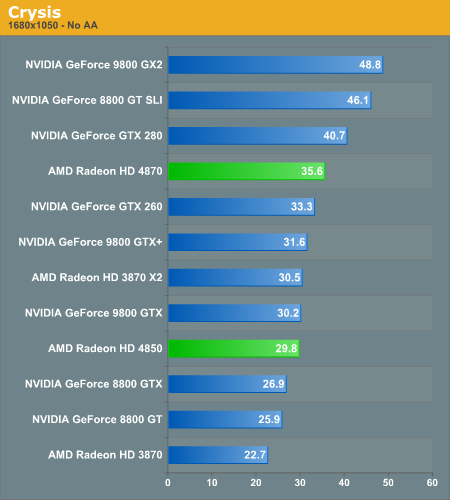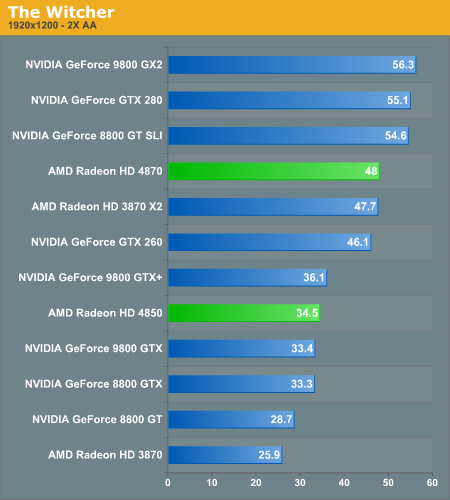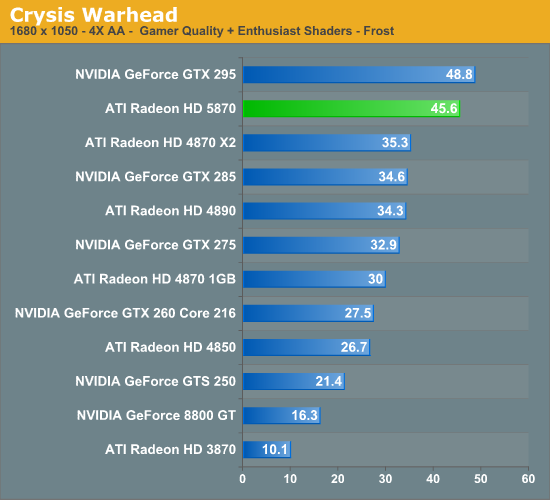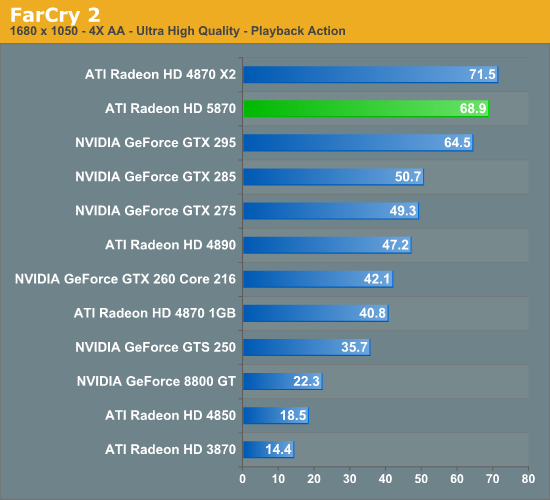In order to see what the generation over generation technical advance is, his approach is imho correct.
- You need to compare the 2080ti to the 3080 as both use the same die class (102).
- The 2080 OC has the same power consumption as the stock 3080 FE. This allows you to see the performance delta at the same power consumption
Take the reviews and imagine just two non-technical things to be different:
- The 2080Ti was sold at the previous Ti price point of $699
- The 3080 was instead called 3080Ti
What do you think the reviews' conclusion would have been in that case?
Yes, the bang for buck has improved noticeably going from Turing to Ampere, but let's not forget that pricing made it very poor going from the 1080Ti to the 2080Ti. And nVidia calling the 3080 that is naming - that does not change that the 3080 and 3090 are using the same die class as the 2080Ti and Titan. 2080 and Super were on the 104 die that the 3070 is using now.
I'm good with the technical comparison, I do those all the time. My favorite is comparing the 1080 to the 2070 Super as they have the same count of everything except memory bandwidth. I wish someone would compare the 1080 with 12GB/s memory (mine can do this) and the 2070 S at 12 GB/s (I don't know if you can underclock the memory that much) at the same CUDA core speed to see what the actual improvement in CUDA IPC was from Pascal to Turing.
But the *Tweet* from Yuri was pure clickbait.
Last edited:




